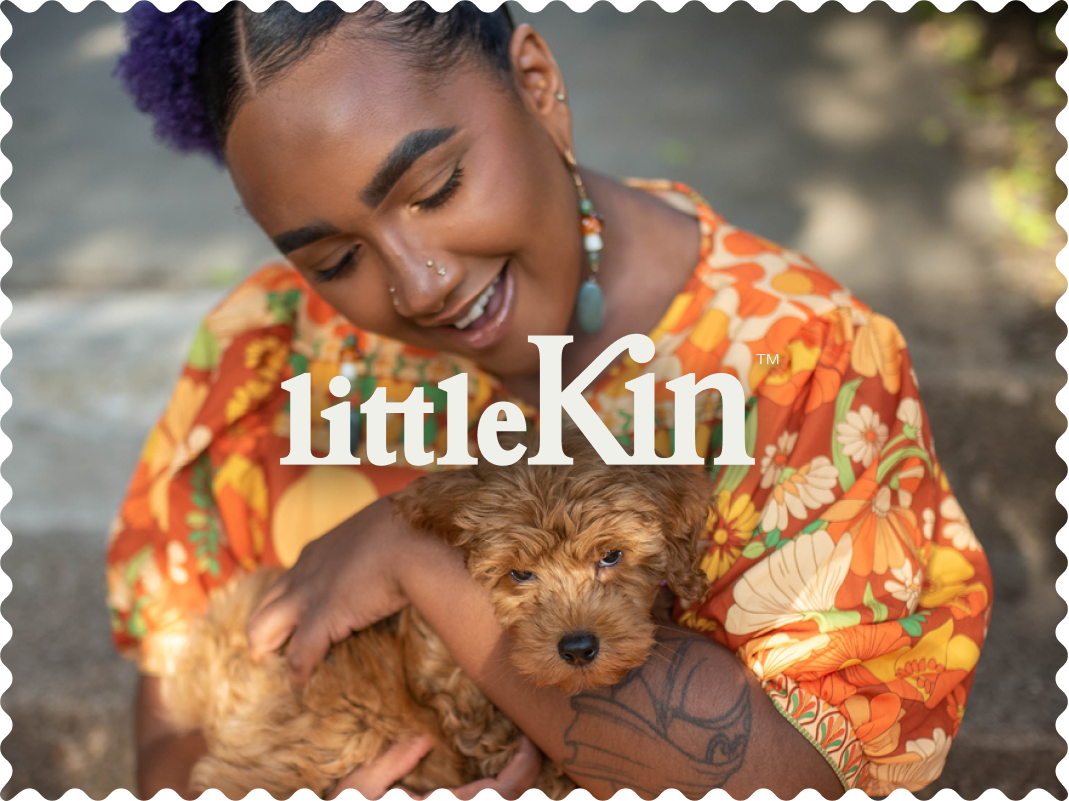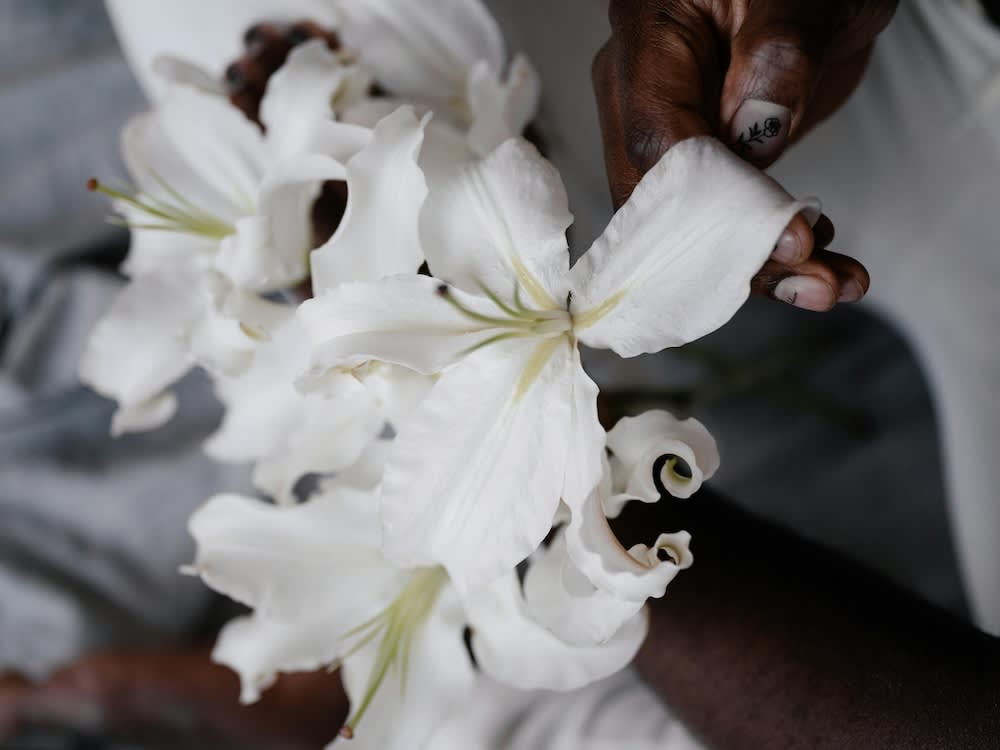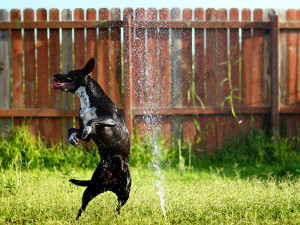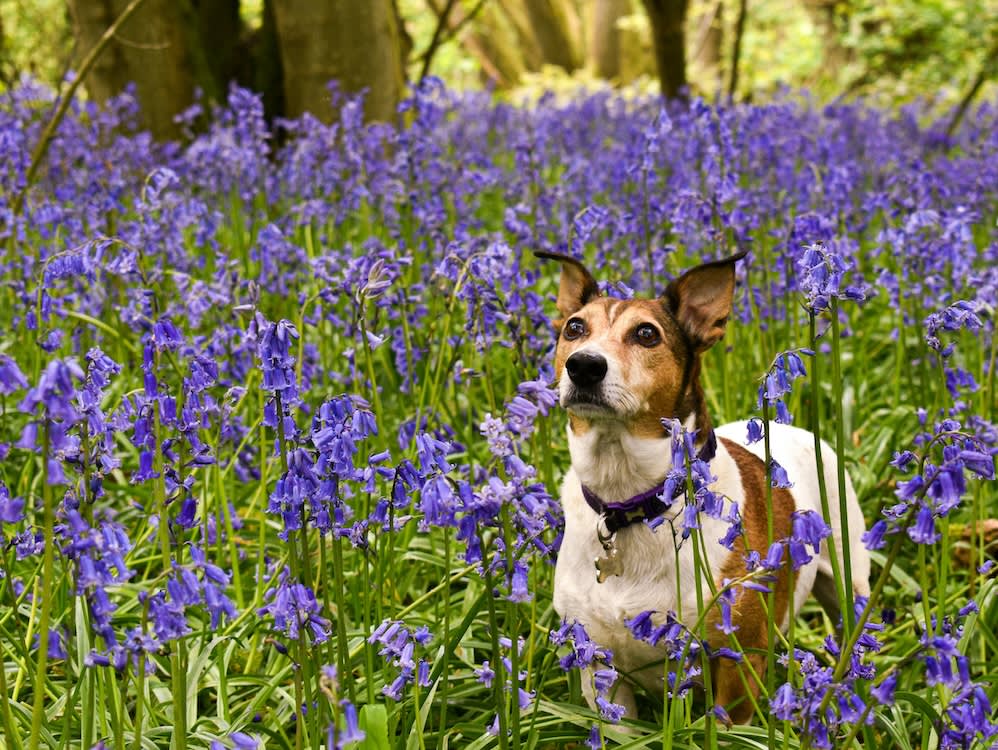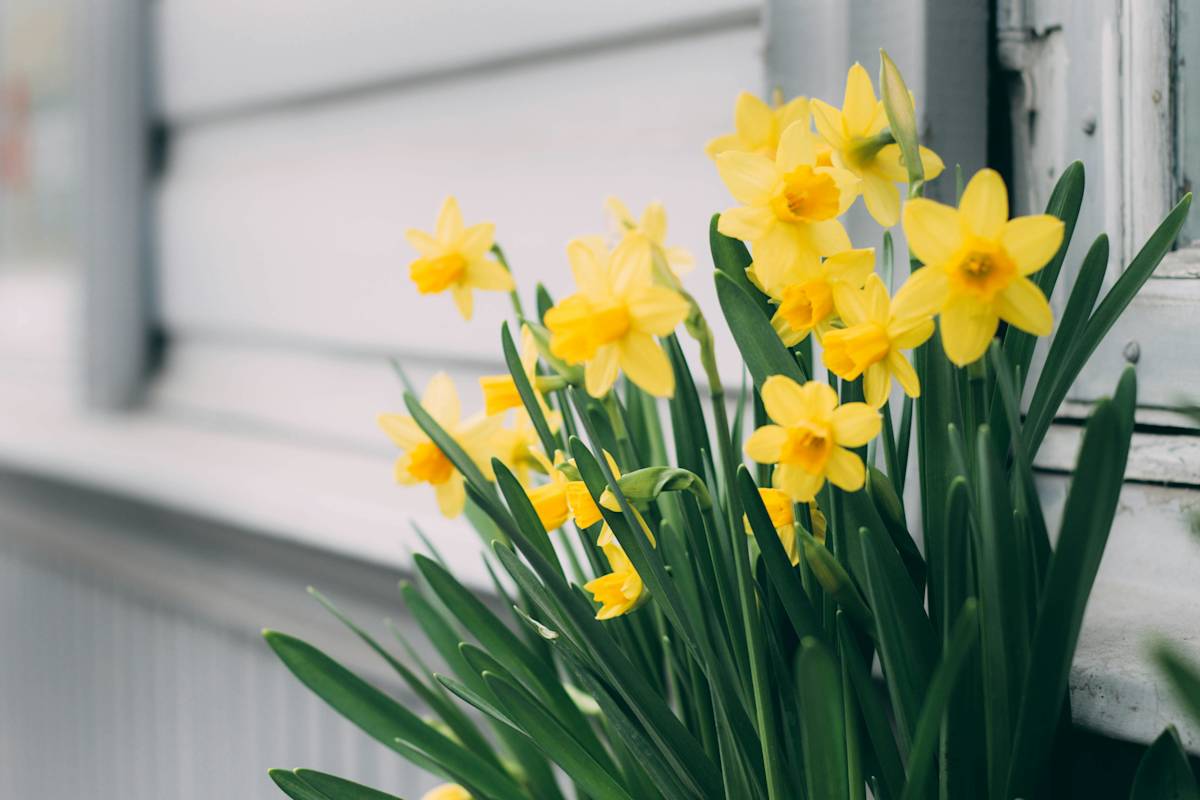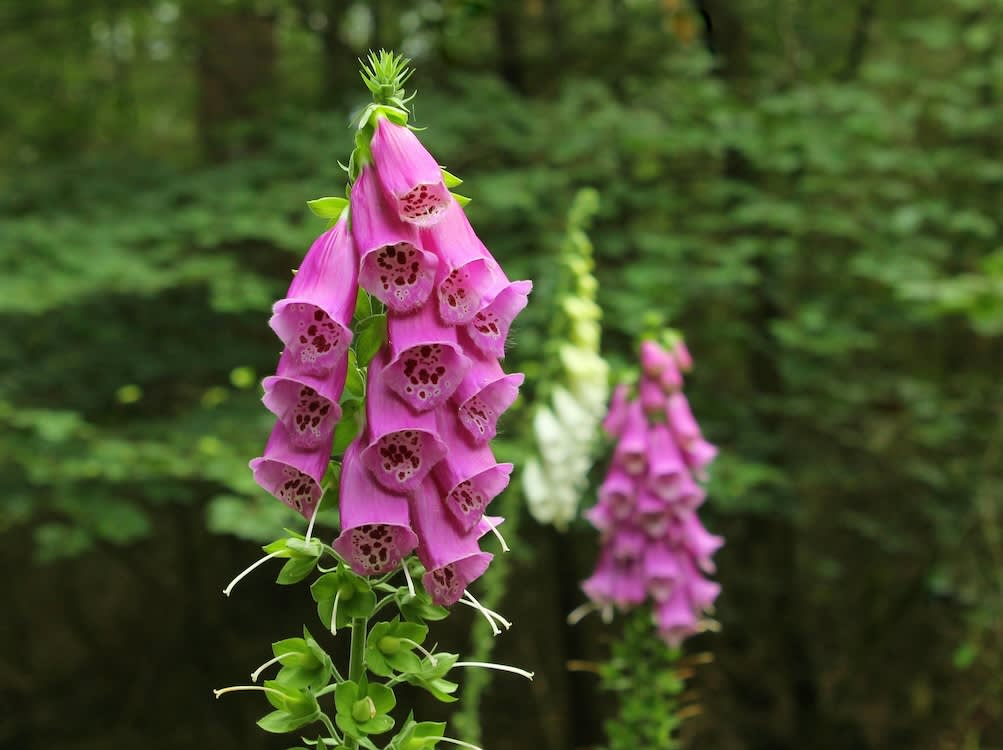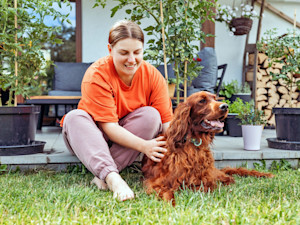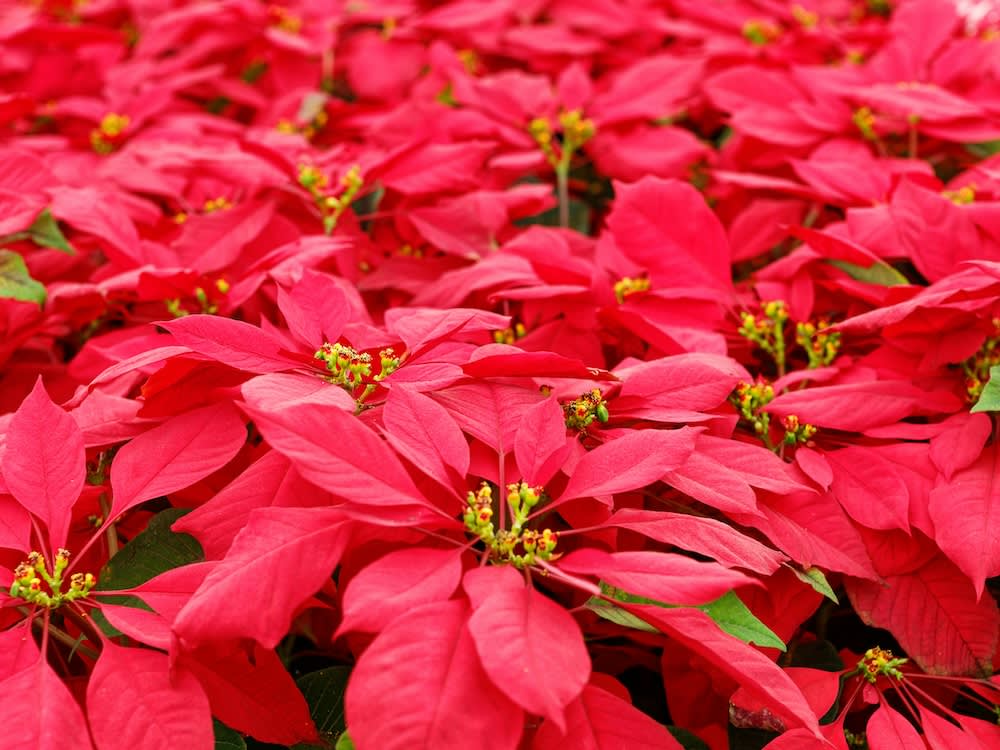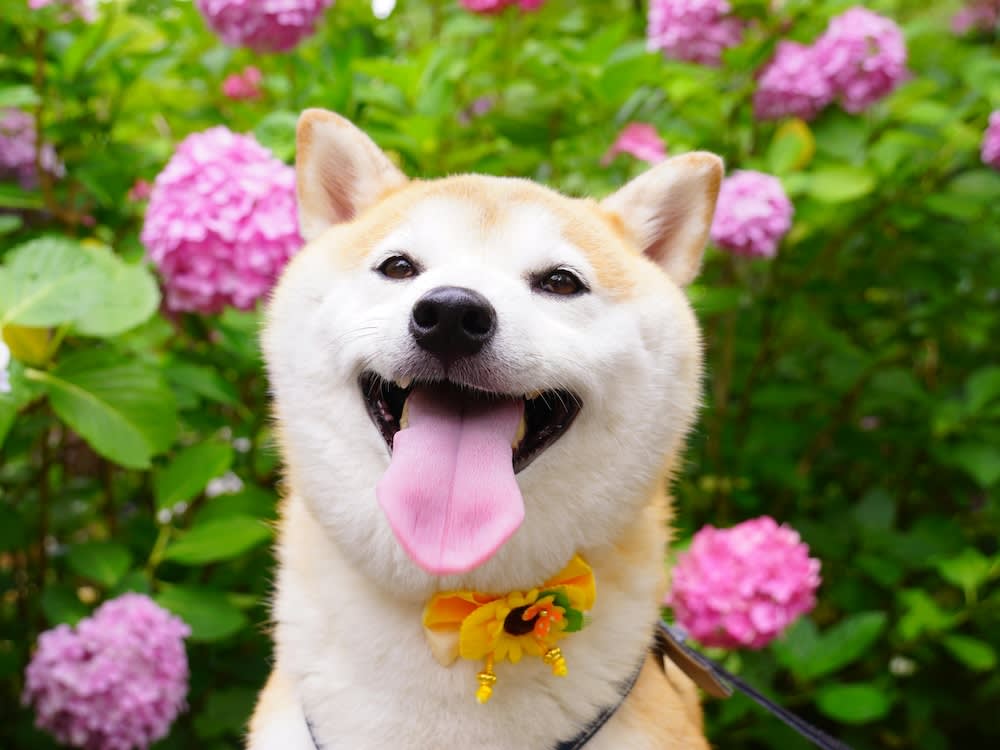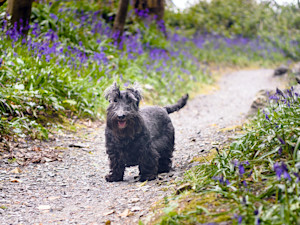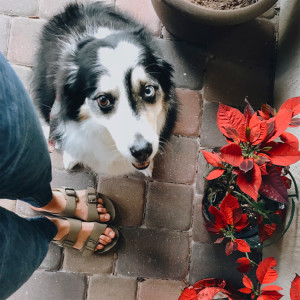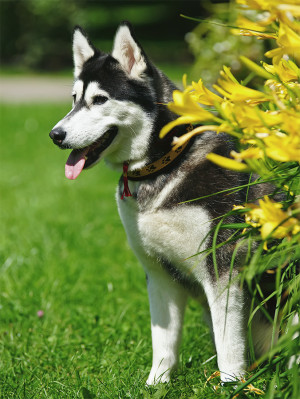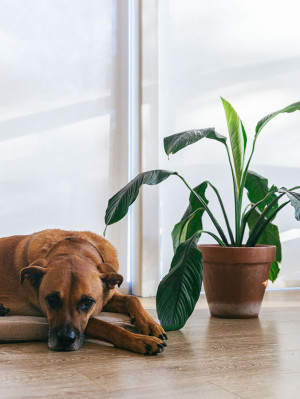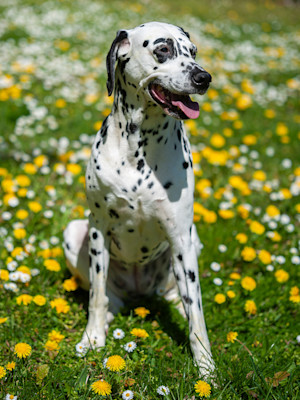7 Flowers That Are Poisonous to Dogs
Got gardening fever? Avoid these plants
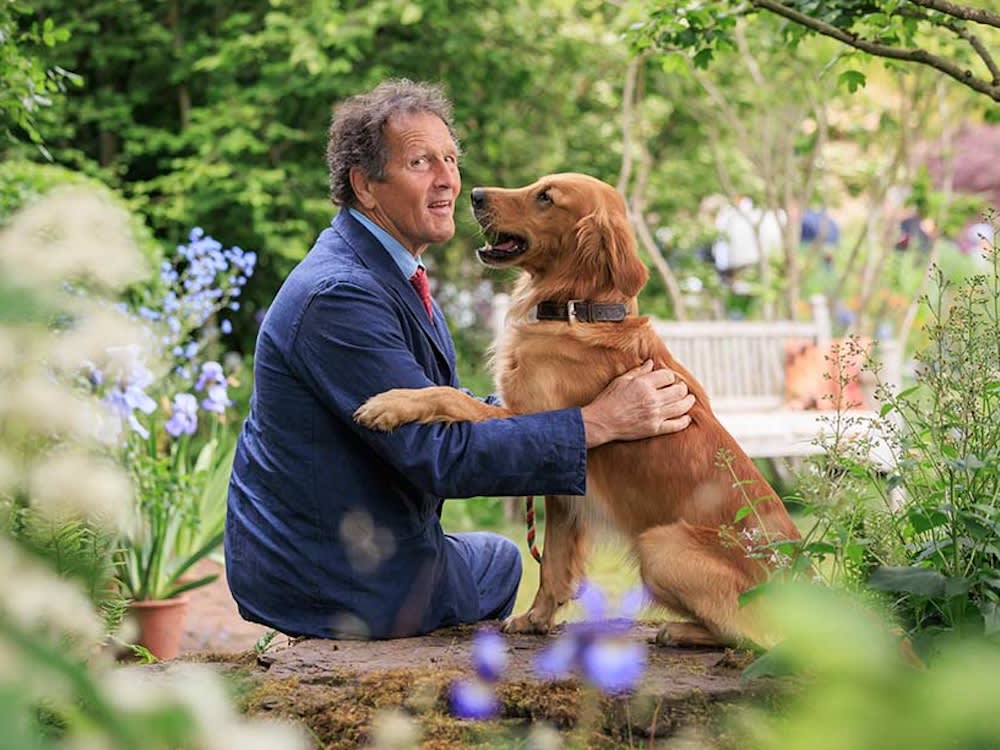
Share Article
How are your gardening skills? Whether you’re a green-fingered goddess or a regular killer of houseplants, it’s likely you tuned into the Chelsea Flower Show coverage for a little bit of respite from the general chaos of things.
Partnering with the Royal Horticultural Society (RHS), horticulturist and BBC Radio 2, presenter Monty Don designed a Chelsea Flower Show garden for the 2025 show. Touted as ‘dog-friendly’, the garden sparked concern to some when it was revealed to feature several plants known to be toxic to dogs.
Created with help from James Butterworth and Monty’s dog Ned, the garden features an imperfect ‘shaggy’ lawn to roll around on, a human-sized dog house with cosy sofas and a screen playing a loop of Monty’s dogs. There are pots of couch grass for dogs to have a nibble on and a special doggy playlist that will provide the background ambience.
The pathways for the garden were chosen by Ned’s roamings to ensure it featured dog-friendly routes.
“There are plants in the garden that are technically poisonous to dogs,” said Monty. “However, there are no plants that I don’t have in my own garden and I’ve always had dogs.
“My view on this is actually the main plant I worry about is yew and we don’t have that in the garden,” he added. “In my experience, dogs are sensible and owners are sensible.”
In case you’re out planting your garden this weekend and aren‘t so sure your dog is capable of choosing which plants are and aren’t toxic to them, here’s a non-exhaustive lists of the flowers you‘re going to want to avoid.
What flowers are poisonous to dogs?
Lilies
Lillies can be poisonous to dogs, but it depends on which type they consume as to whether or not it‘s too much to worry about. “Knowing when to be concerned about lilies can be difficult because many plants that have ‘lily’ in their name are not really part of the Lilium species,“ says Dr. Bartley Harrison, DVMopens in new tab. “If eaten, true lilies can cause mild vomiting in dogs and are considered non-toxicopens in new tab. However, this is not a sentiment shared everywhere, and it’s important to notes that various false lily varieties can cause a wide range of symptoms, from intense gastrointestinal signs to heart arrhythmias.”
Lily of the valley is the most serious contender and can cause cardiac arrhythmia, weakness and vomiting. On the less-dangerous end of the spectrum are tiger lilies, Asiatic lilies and day lilies. These are more likely to cause an upset stomach.
Learn more about the symptoms of lily poisoning in dogsopens in new tab.
Bluebells
A welcome indicator that spring has sprung, bluebells cover the floors of British woodlands throughout April and May. However, bluebells contain a number of toxic compounds which could cause problems to your pet. Luckily though, according to veterinary surgeon Dr Nina Cooke, “Severe symptoms are rare. Most cases go unnoticed, and many dogs experience only mild vomiting and diarrhoea.” Very rarely, and likely only if ingested in large amounts, they could cause more serious issues like heart problems.
Learn more about bluebell poisoning in dogsopens in new tab.
Daffodils
Another UK spring staple, the humble daffodil is another flower that dogs should avoid. As per registered veterinary nurse Zoe Blake: “all parts of the plant are deemed poisonous to dogs, especially the bulbs, which contain the highest concentrations of toxinopens in new tab.” The likelihood of a serious reaction is rare (upset stomachs and mouth irriation are some of the less-serious symptoms) but could be a possibility if enough bulbs are ingensted.
Learn more about daffodil poisoning in dogsopens in new tab.
Buttercups
Lovely little flower, not so lovely for dogs. ”While the buttercup is unbroken they are of no concern to touch but crushing or biting into the plant (say, with curious little puppy teethopens in new tab) can lead to mild to moderate health issues, with severe issues occurring only rarely.
”The main concern is when animals eat the buttercups, which dogs don’t tend to do,” says veterinary surgeon Dr Josephine Corrickopens in new tab. Like with other flowers, the symptoms will probably amount to mild gastrointestinal discomfort.
Learn more about buttercup poisoning in dogsopens in new tab.
Foxgloves
One of the flowers featured in Monty Don’s garden, all the parts of Foxgloves (including leaves and seeds) are highly toxic to dogs if eaten. If you suspect your dog has eaten foxglove it is best to contact a vet straight away.
Poinsettias
So many red flags for dogs at Christmas – everything from chocolate to turkey bones to the drama of having a house full of unwanted guests. This December, add poinsettias to the list because they contain a sap that can be irritating to dog’s skin as well as to the mouth and digestive tract if ingested, according to Dr Amy Fox, DVM. She continues: “This can lead to a skin rash as well as inflammation within the mouth and digestive tract if ingested. While this is very unpleasant and likely something you’d hope to avoid for your pup’s sake, it is usually fairly mild and will resolve on its own.”
Learn more about poinsettia poisoning in dogsopens in new tab.
Hydrangeas
Yes, they’re lovely and easy to grow but hydrangeas are not your dog’s friend. Hydrangeas contain a toxic compound called cyanogenic glycoside, which can make dogs sick when they eat it. In most cases, this results in a mild toxicity with digestive upset,” says Dr Fox. “However, in very rare cases, when a large amount of certain species of hydrangea are consumed, it could cause cyanide poisoningopens in new tab. This is a much more serious toxicity that can cause grave health problems including death.”
What to do if your dog eats a poisonous flower?
If you notice any of the symptoms listed above after your pet has eaten a poisonous flower – talk to your vet for guidance, the sooner the better.
In situations where immediate and tailored advice is essential, having the number of the Animal Poison Lineopens in new tab – +44 (0) 1202 50 9000 – to hand can be invaluable.
This information is not meant to be a substitute for veterinary care. Always follow the instructions provided by your vet.
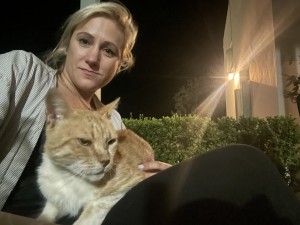
Jess Commons
Jess is a writer, editor and former global lifestyle director at Refinery29 with previous stints at ITV, Grazia, The Debrief (RIP) and more. She is a sucker for an older gentleman cat with A Past and spends most of her time being told what to do by her toddler and her three-legged rescue cat, Mac.

Orla Pentelow
Orla Pentelow is Kinship UK’s Senior Editor. She has previously written for British Vogue, Bustle, Yahoo and The Telegraph. When not at her desk liking dog videos she’s out and about with her rescue pup, Luna, who works primarily as chief distractor.
Related articles
![a picture of a black dog walking in a woods of bluebells]()
Are Bluebells Toxic to Dogs?
This quintessential British flower could give your pup a troublesome tummy
Are Daffodils Poisonous to Dogs?
They might be nice for us, but not so nice for our pooches...
![a brown and white dog sits in a field of buttercups]()
Are Buttercups Toxic to Dogs?
Lovely flower, not so lovely when eaten by your dog...
![Large black and white dog sitting next to Poinsettia plants.]()
Are Poinsettias Toxic For My Dog?
Everything you need to know about the notorious plant
Are Lilies Toxic to My Dog?
This is one of those ‘no, but also yes’ answers...
Are Peace Lilies Toxic to Dogs?
Keep your pup far away from the toxic plant
Are Hydrangeas Toxic to My Dog?
You can live your best Cotswolds cottage life. Just keep your dog away from this plant
![Dalmatian sat in a green field with dandelions around]()
Are Dandelions Poisonous to Dogs?
Are these yellow blooms friend or foe?
